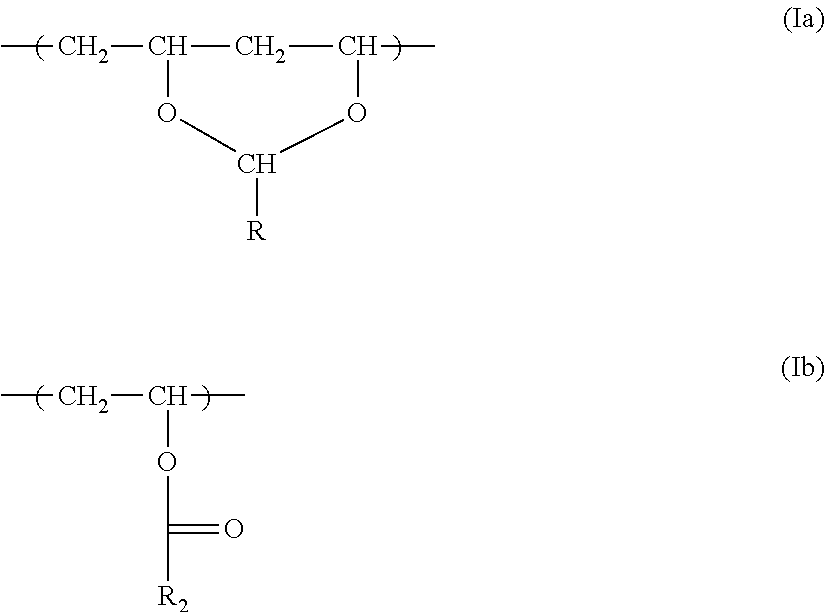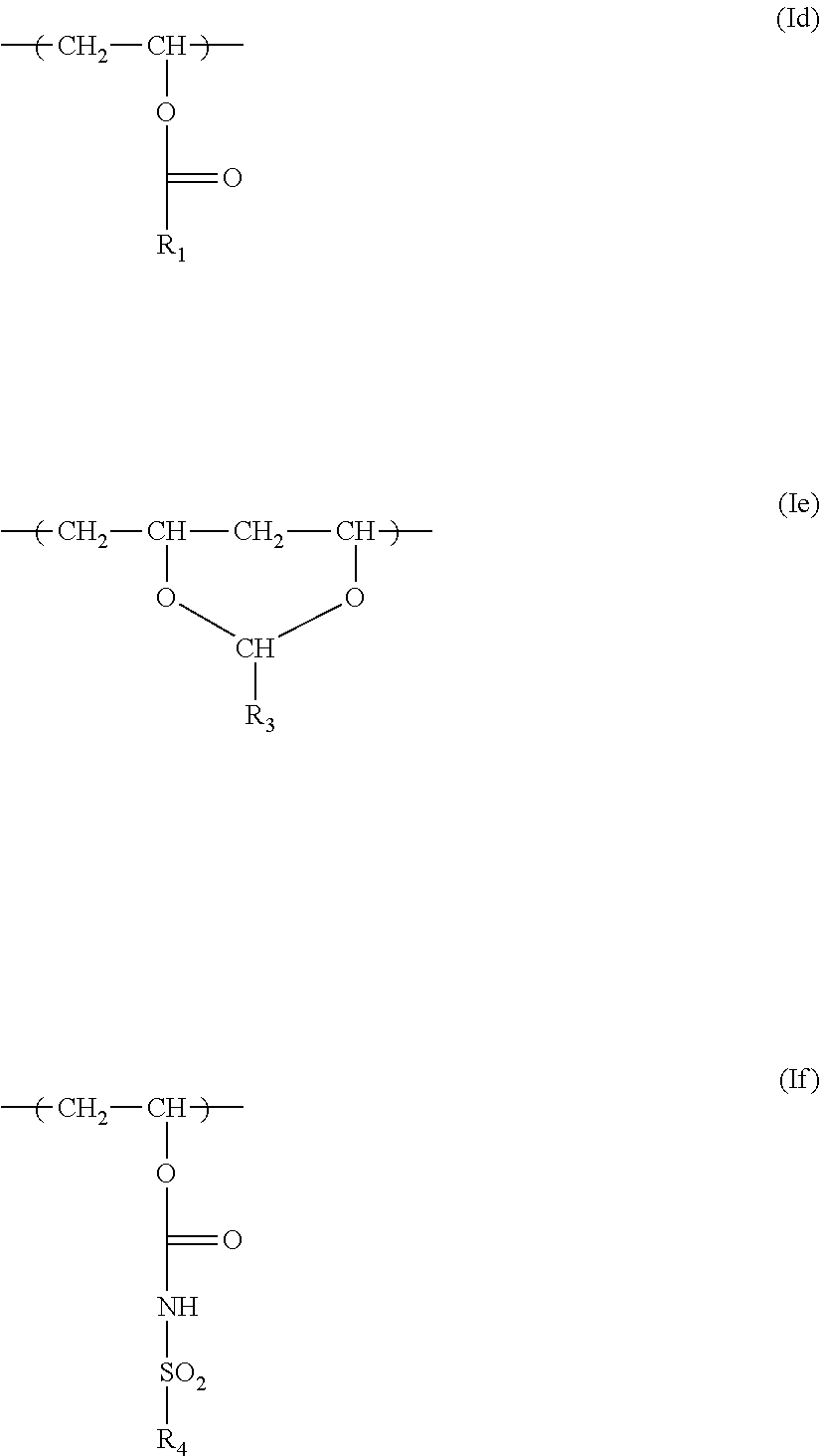Silicate-free developer compositions
- Summary
- Abstract
- Description
- Claims
- Application Information
AI Technical Summary
Benefits of technology
Problems solved by technology
Method used
Image
Examples
invention example 1
[0197]A sample of Precursor 1 was exposed using the Kodak® Magnus 400 Quantum imager at a range of energies, 50 mJ / cm2 to 200 mJ / cm2 and processed in a Mercury Mark VI processor using Developer 1 (described below) at 23° C. for 25 seconds.
Developer 1ComponentConcentration (%)KOH2.70Potassium citrate1.75Bayhibit ® AM0.50CaCl2 × 2H2O0.04DowFax ® 2Al0.50Hydromax 3000.10Water94.4
[0198]The results obtained using fresh Developer 1 in the automatic processor are summarized in the following table.
Corrosion WeightClearing PointLinearity PointLoss (g / m2)CDL (%)(mJ / cm2)(mJ / cm2)0.020.560100
[0199]Clearing Point is the lowest imaging energy at which the exposed regions were completely removed by the developer at a given temperature and time. Linearity Point is the energy at which the 50% dots at 200 lpi screen are reproduced as 50%±0.2% dots). Cyan Density Loss (CDL %) provides a measure of the resistance of the non-exposed regions on the lithographic printing plate to the developer. CDL % is cal...
invention example 2
[0201]Invention Example 1 was repeated except that Precursor 1 was replaced with Precursor 2. The developer soaking time was set to 20 seconds and the results are shown in the following table.
Corrosion WeightCDLClearing PointLinearity PointLoss (g / m2)(%)(mJ / cm2)(mJ / cm2)0.020.85090
[0202]As seen from the table above, Precursor 2 when developed using Developer 1 not only exhibited good imaging characteristics in terms of CDL, clearing point, and linearity point, but it also exhibited little or no attack on the aluminum-containing substrate.
invention examples 3 and 4
[0204]These examples illustrate the resistance of the aluminum-containing substrate used in Invention Example 1 (Precursor 1 without the imageable coating) to simplified developers derived from 3% KOH, 0.05% CaCl2×2H2O and Bayhibit® AM at 0.2% or 0.5%.
[0205]The substrate resistances to the various simplified developers were measured as follows:
[0206]A 16 cm×16 cm sample of the substrate was soaked in a test developer for 30 seconds at 23° C., rinsed with water, and dried. The optical density (OD) on the front of the substrate and the total weight of the test sample were measured before and after the treatment. The optical density was measured using an X-Rite 500 Series Spectrodensitometer. The resulting weight loss values were normalized by the weight loss value obtained by treating the test sample in a 3% KOH solution as a reference solution (0.918 g / m2). The results are shown in the following table.
InventionWeight lossNormalizedExamplesChelating Agent (g / m2)Weight lossΔ O.D.3Bayhi...
PUM
| Property | Measurement | Unit |
|---|---|---|
| Dissociation constant | aaaaa | aaaaa |
| Fraction | aaaaa | aaaaa |
| Fraction | aaaaa | aaaaa |
Abstract
Description
Claims
Application Information
 Login to View More
Login to View More - R&D
- Intellectual Property
- Life Sciences
- Materials
- Tech Scout
- Unparalleled Data Quality
- Higher Quality Content
- 60% Fewer Hallucinations
Browse by: Latest US Patents, China's latest patents, Technical Efficacy Thesaurus, Application Domain, Technology Topic, Popular Technical Reports.
© 2025 PatSnap. All rights reserved.Legal|Privacy policy|Modern Slavery Act Transparency Statement|Sitemap|About US| Contact US: help@patsnap.com



